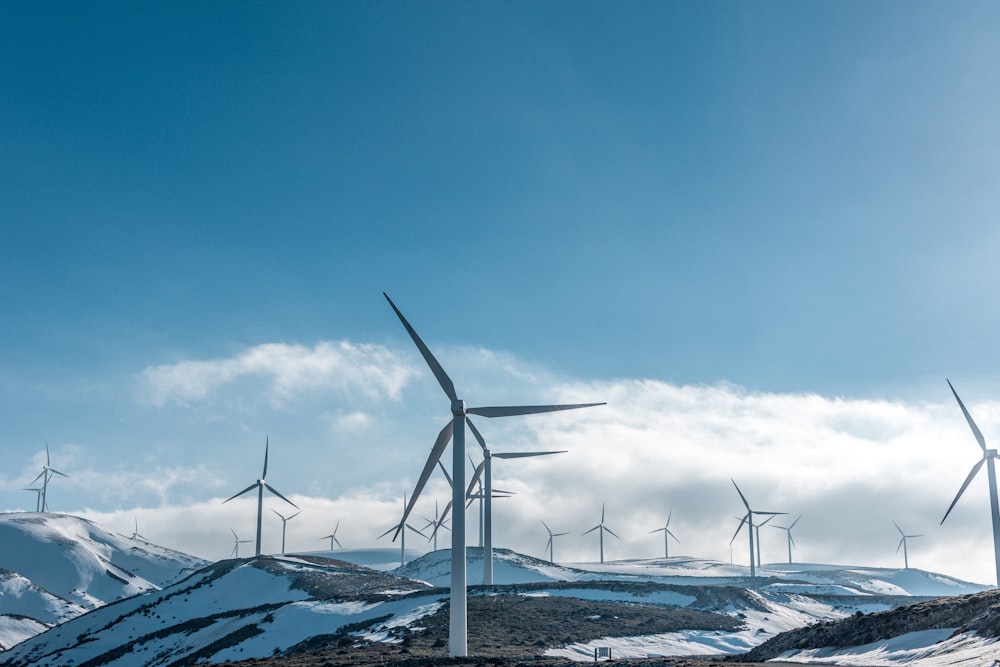Exploring Diverse Clean Energy Sources
Exploring Diverse Clean Energy Sources
Harnessing the Power of the Sun
Solar energy stands as one of the most promising and widely adopted forms of clean energy today. By capturing sunlight using photovoltaic cells, solar panels convert this abundant resource into electricity. From rooftop installations to vast solar farms, the versatility of solar energy makes it a cornerstone of the renewable energy transition. With ongoing advancements in technology and decreasing costs, solar power continues to gain traction as a sustainable alternative to fossil fuels.
Tapping into the Wind
Wind energy has emerged as another prominent player in the clean energy landscape. Utilizing wind turbines, this form of renewable energy converts the kinetic energy of the wind into electricity. Whether installed onshore or offshore, wind farms harness the power of natural wind currents to generate clean and sustainable electricity. As wind turbine technology improves and wind resources are further exploited, wind energy is poised to play a significant role in meeting global energy demands.
Harnessing the Heat of the Earth
Geothermal energy harnesses the natural heat stored beneath the Earth’s surface to generate electricity and heat buildings. By tapping into geothermal reservoirs, power plants can produce consistent and reliable energy without the carbon emissions associated with traditional fossil fuels. Geothermal energy is particularly advantageous in regions with abundant geothermal resources, offering a reliable source of clean energy for both residential and industrial applications.
The Power of Moving Water
Hydropower, derived from the energy of moving water, has long been a staple of renewable energy generation. By harnessing the force of rivers and streams, hydroelectric power plants generate electricity through turbines connected to generators. Large-scale hydroelectric projects provide significant electricity generation capacity, while smaller run-of-river and micro-hydro systems offer localized solutions for remote communities. Despite concerns about environmental impact and habitat disruption, hydropower remains a valuable contributor to the clean energy mix.
Harnessing Biomass
Biomass energy utilizes organic materials such as wood, agricultural residues, and waste to produce heat, electricity, and biofuels. Through processes like combustion, gasification, and anaerobic digestion, biomass can be converted into energy carriers that can be used for various applications. While biomass energy can help reduce dependence on fossil fuels and manage organic waste streams, concerns about emissions and land use require careful consideration to ensure its sustainability and environmental benefits.
Embracing Nuclear Power
Nuclear energy, although controversial, is considered a low-carbon alternative to traditional fossil fuels. Nuclear power plants generate electricity through nuclear fission, where uranium atoms split to release energy. Despite concerns about safety, nuclear accidents, and nuclear waste disposal, nuclear energy offers a reliable and efficient source of baseload power with minimal greenhouse gas emissions. As advancements in nuclear technology continue, including the development of advanced reactors and nuclear fusion, nuclear energy could play a significant role in the transition to a low-carbon future.
Diversifying the Clean Energy Portfolio
Each type of clean energy offers unique advantages and challenges, highlighting the importance of diversifying the clean energy portfolio. By leveraging a mix of solar, wind, geothermal, hydro, biomass, and nuclear energy, societies can enhance energy security, reduce greenhouse gas emissions, and foster economic growth. As we continue to explore and develop cleaner and more efficient energy technologies, the path towards a sustainable energy future becomes increasingly attainable.
Types of clean energy are diverse and dynamic, offering a range of solutions to address the challenges of climate change and energy security. By embracing these clean energy sources and investing in their development and deployment, we can pave the way towards a more sustainable and prosperous future for generations to come.




